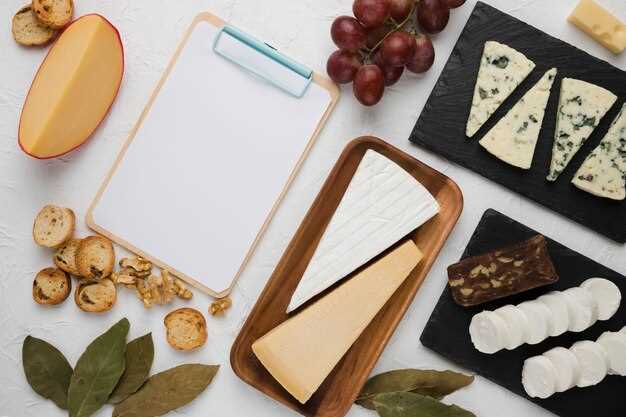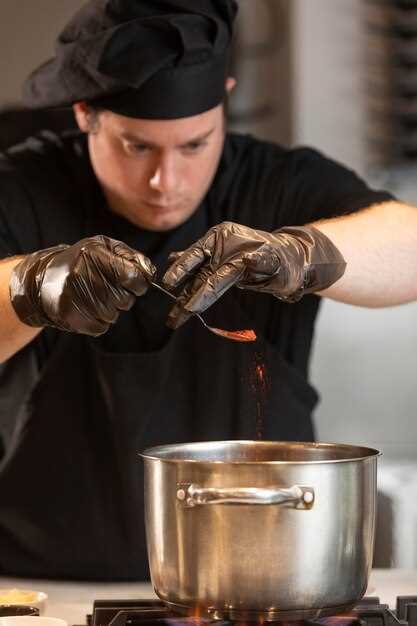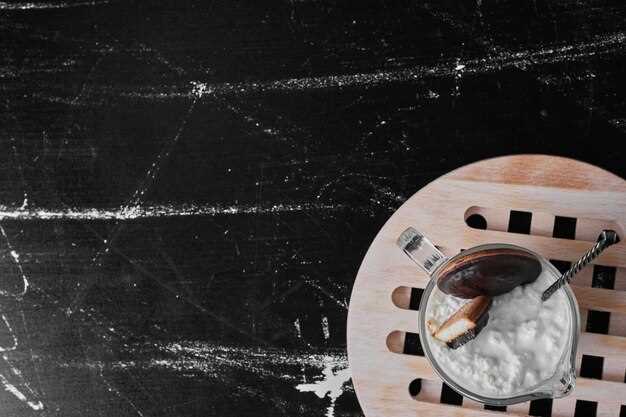Buy a Japanese-style chef’s knife with a Damascus pattern. These knives not only boast striking aesthetics but are known for their exceptional sharpness and precision. Perfect for both professional chefs and culinary enthusiasts, the Damascus pattern indicates a forged blade with multiple layers of steel, ensuring durability and resilience. Moreover, their lightweight nature makes them a joy to handle during long cooking sessions.
Consider the handle material as it significantly affects the user’s comfort and grip. A handle made of wood offers traditional charm and warmth, while composite or synthetic materials can offer better water resistance. Before purchasing, test how the knife feels in the hand–balance and ease of grip are essential factors to ensure the recipient enjoys using it.
Be mindful of the knife’s blade length, as different lengths accommodate various cooking styles. An 8-inch blade is the most versatile, suitable for slicing, dicing, and chopping. For those who often prepare large quantities of food or carve meats, a 10-inch blade might be more appropriate. However, for those with smaller hands or who prefer a more controlled cut, a 6-inch blade could be the ideal choice.
Budget considerations are important. Quality chef’s knives can vary widely in price, often reflecting the materials used and craftsmanship. Set a reasonable budget and explore options within that range, focusing on brands known for their commitment to quality. Often, investing in a slightly higher-priced option ensures longevity and performance that cheaper alternatives cannot match.
Finally, remember to pair the knife with a practical sharpening tool or service. A sharp knife not only makes cooking more enjoyable but also safer by offering more control. A sharpening stone or a quality honing rod can keep the knife in top condition, making your gift even more thoughtful and complete.
Key Features to Consider When Selecting a Chef’s Knife

Prioritize the knife’s blade material for optimal performance. Stainless steel offers durability and low maintenance, making it ideal for home cooks. Alternatively, carbon steel blades require more care but provide sharper edges and easier sharpening.
Examine the knife’s handle for comfort and control. Materials like wood, plastic, or composite each provide distinct grips. Ensure the handle fits the user’s hand properly to minimize strain during extended use.
Evaluate the weight and balance. A well-balanced knife will have its weight evenly distributed between blade and handle, reducing fatigue. Choose a weight that feels comfortable to hold, neither too heavy nor too light, catering to the user’s preference and wrist strength.
| Feature | Options | Considerations |
|---|---|---|
| Blade Material | Stainless Steel, Carbon Steel, Ceramic | Durability, Sharpness, Maintenance |
| Handle Material | Wood, Plastic, Composite | Grip Comfort, Maintenance, Aesthetics |
| Weight and Balance | Light, Balanced, Heavy | User Preference, Ergonomics |
| Blade Length | 6″, 8″, 10″ | Versatility, Precision, Storage |
Consider the blade length based on its intended use. An 8-inch blade is versatile, suitable for most tasks. A 6-inch blade offers precision for intricate work, while a 10-inch blade excels at cutting large items but requires more storage space.
Quality craftsmanship ensures longevity, so examine reviews and brand reputation for reliability. A well-chosen chef’s knife can significantly enhance culinary experiences, making it a thoughtful holiday gift.
Blade Material Options: Pros and Cons

For a reliable choice, consider stainless steel blades. They offer high resistance to rust and corrosion, which makes them low-maintenance and perfect for busy kitchens. Stainless steel maintains sharpness well and provides a good balance of strength and flexibility, ensuring durability. However, the edge retention might not compare to high-carbon steel.
High-carbon steel is ideal if sharpness is your top priority. These blades can be honed to a razor-sharp edge and excel at precision tasks. But they demand more care as they are prone to rust and discoloration if not properly maintained. Regular oiling and careful handwashing are necessary.
Ceramic blades are a lightweight option, requiring less frequent sharpening compared to metal options. They’re perfect for slicing fruits and vegetables thanks to their non-reactive surface. Yet, their brittleness means they can chip or shatter easily, and they’re not suited for tasks involving boning or cutting hard items.
For those interested in a professional-grade tool, Damascus steel offers the best of both worlds. Known for its distinctive wavy pattern, it combines beauty and functionality with excellent edge retention and versatility. However, they come at a premium price, and their maintenance is akin to high-carbon steel.
Ultimately, the choice depends on balancing maintenance efforts, intended tasks, and budget. Whichever material you choose, a well-selected chef’s knife can become an exceptional kitchen companion.
Ideal Blade Length for Various Cooking Styles
Selecting the right blade length can transform your cooking experience. A 6 to 8-inch knife excels in most kitchens, offering versatility for both intricate work and robust tasks. Precision tasks, like mincing garlic or slicing herbs, benefit from the control a smaller 6-inch blade provides. Essentially, it allows for fluid, deft movements without overwhelming the cook.
In contrast, 8 to 10-inch knives accommodate those who frequently work with larger ingredients, such as melons or hefty cuts of meat. For chefs fond of French or Japanese culinary styles, these longer blades facilitate the efficient slicing of finely decorated dishes. When thin, consistent cuts are required–think carpaccio or sashimi–you’ll appreciate the added leverage.
For those who enjoy rustic Italian or hearty stews, a nutrient-rich vegetable dice or aggressive chopping style aligns with a solid 8-inch blade. Its reach aids in maintaining speed and output during time-consuming prep, particularly when chopping root vegetables or dense produce.
Finally, consider the space available in your kitchen. If your cooking area is compact, a more maneuverable smaller blade might prove more practical. By matching the blade length to your cooking style and surface, you ensure both efficiency and joyous culinary creativity. Each motion feels tailored to your task, enhancing not just the process, but the pleasure of cooking.
Handle Design: Why Comfort and Control Matter
Choose a knife with an ergonomic handle crafted from materials like wood, composite, or textured rubber for a secure, comfortable grip. A well-balanced handle contributes significantly to precise control, reducing hand fatigue during extended use.
- Material Choice: Opt for handles made from durable and moisture-resistant materials to ensure longevity. Wood provides a traditional feel, while synthetic materials offer added grip and resilience.
- Shape and Contour: Look for handles with contours that fit your hand comfortably. A good design allows for natural wrist alignment, minimizing strain.
- Balance and Weight: A well-balanced knife allows for more controlled cutting. Test the knife to ensure the weight feels comfortable in hand, promoting precise cuts.
- Texturing for Grip: Handle surfaces with subtle texturing can prevent slipping, even when wet. This ensures safer use, particularly in busy kitchen environments.
Take time to physically hold different knives before purchasing, as personal comfort can make a significant difference in culinary performance. Investing in a knife with a thoughtfully designed handle enhances both the cooking experience and results.
Understanding Knife Balance for Optimal Use
Choose a knife that offers comfortable balance to enhance cutting efficiency. Hold the knife at its handle and find a balance point–ideally, this should be at the bolster or just where the handle meets the blade. This balance ensures minimal hand fatigue and enables precise control during intricate slicing tasks.
Consider the weight distribution between the knife’s blade and handle. A well-balanced knife feels neither blade-heavy nor handle-heavy, allowing smooth and controlled motion. Test this by holding the knife as you simulate a cutting action; it should glide naturally with minimal effort.
For those who prefer more tactile engagement, a mid-weight, balanced knife offers the best blend of control and comfort. Lightweight knives excel in speed but might compromise on stability, especially for rigorous tasks. Conversely, heavier options demand more strength, potentially diminishing agility.
When selecting a knife for a gift, assist the recipient by considering their cooking style. A balance-oriented knife fits various grips and strokes, accommodating diverse culinary techniques. This thoughtful choice promotes ease and precision in any kitchen endeavor.
Importance of Maintenance: Sharpening and Care
Ensure your chef’s knife stays sharp by honing it regularly. A honing rod realigns the blade’s edge, prolonging sharpness between sharpenings.
For sharpening, consider a whetstone. Soak it in water for about 10 minutes before use, then glide the blade across the stone at a 15-20 degree angle. This technique maintains the edge efficiently, unlike electric sharpeners which can wear down the blade prematurely.
Handwash your knife with mild soap and dry it immediately to prevent rusting and corrosion. Avoid the dishwasher, as it damages the blade and handle over time.
Store your knife in a wooden block or use a magnetic strip to preserve its edge. Tossing knives into a drawer risks chipping the blade and causing injuries.
Regular care extends the knife’s lifespan, ensuring it remains a reliable kitchen companion for years. Treat your knife with respect and it will reward you with unparalleled performance.
Best Chef’s Knives for 2025: A Guide for Gift Buyers
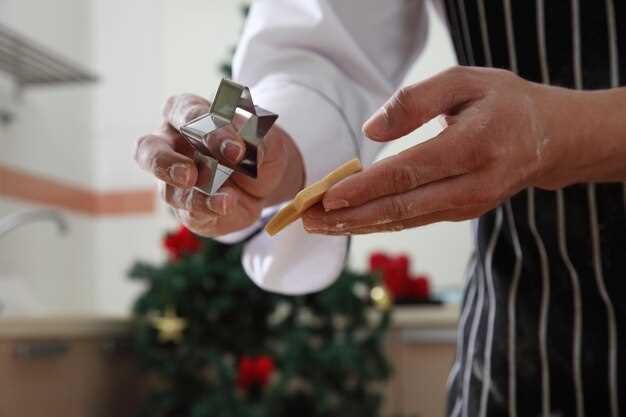
Consider gifting the Wüsthof Classic 8-Inch Chef’s Knife for a blend of precision and durability. This knife features a high-carbon stainless steel blade that delivers sharpness and longevity, ideal for various kitchen tasks.
- Material: Opt for high-carbon stainless steel for a superior cutting experience. Look for knives forged rather than stamped to ensure strength and balance.
- Design: Ergonomic handles like those found on the Wüsthof Classic provide comfort during prolonged use, making it a suitable choice for daily culinary adventures.
- Weight: A well-balanced knife should not feel overly heavy or too light. It should allow easy manipulation and control while chopping, slicing, and dicing.
- Versatility: Select a traditional chef’s knife with a broad blade tapering upwards to allow a rocking motion, perfect for mincing herbs or slicing meats.
For technological innovation, the Global G-2 8-Inch Chef’s Knife stands out. This knife’s hammered finish minimizes food sticking and enhances chopping efficiency, while the lightweight build offers greater precision and agility.
- Maintenance: Easy to maintain with a simple honing process and occasional professional sharpening.
- Hygiene: The seamless design of the Global G-2 prevents food particles and bacteria from lodging in any crevices, offering a more hygienic option.
For a sustainable option, consider the Shun Classic 8-Inch Chef’s Knife. The blade is crafted from durable VG-MAX steel, offering longevity and a beautiful Damascus pattern, making it a gorgeous gift piece.
- Eco-friendly: Choose knives made with sustainable practices and materials. Shun uses environmentally conscious methods in its production process.
- Aesthetic: The unique appearance of the Damascus pattern ensures it not only functions well but also serves as a beautiful centerpiece in the kitchen.
Each of these knives provides distinct advantages, ensuring you find the perfect match for any culinary enthusiast on your holiday gift list.
Top Chef’s Knife Brands to Watch in 2025
Shun consistently stands out due to their impeccable craftsmanship and the use of high-quality VG-MAX steel. Home cooks and professionals alike appreciate the lightweight yet robust design of their knives. The brand’s commitment to tradition coupled with innovation makes it a top contender.
Zwilling J.A. Henckels continues to impress with their German precision and durability. Their Sigmaforge process creates blades that are both sharp and long-lasting. If you value tradition with a modern twist, Zwilling’s wide range of options will meet your needs.
Global, renowned for their Japanese innovation and lightweight designs, offers knives with a distinctive appearance and a razor-sharp edge. Chefs appreciate Global’s seamless stainless steel construction, which ensures hygiene and ease of maintenance.
Victorinox, traditionally known for Swiss Army knives, extends their expertise into chef’s knives, providing excellent quality at a comfortable price point. Whether you’re new to cooking or a seasoned chef, Victorinox offers reliability and versatility.
| Brand | Key Feature | Origin |
|---|---|---|
| Shun | VG-MAX Steel, Traditional Craftsmanship | Japan |
| Zwilling J.A. Henckels | Sigmaforge Process, German Precision | Germany |
| Global | Lightweight, Seamless Construction | Japan |
| Victorinox | Affordable Quality, Versatility | Switzerland |
Choosing the right brand for your chef’s knife is a personal journey that depends on your cooking style and preferences. Explore these leading brands to find a knife that enhances your culinary experiences.
Knives with Special Features for the Avid Home Cook
Invest in a knife with a non-stick coating. This feature ensures food, especially sticky items like potatoes or cheese, doesn’t cling to the blade, allowing for smoother, more efficient cutting. Several brands offer this option, ensuring you can find one that matches both your budget and your style preferences.
Consider knives with ergonomic handles designed to reduce fatigue during prolonged use. Look for handles with a textured grip that enhances control and comfort, ensuring a secure and enjoyable culinary experience no matter how extensive your meal prep might be.
Explore knives with built-in sharpeners integrated into the sheath. This practical addition conveniently keeps the blade sharp without the need for separate sharpening tools. Simply draw the knife through the sheath for a quick sharpen before each use.
- For precision tasks, a knife with a Granton edge can be beneficial. The small indentations along the blade help reduce friction and prevent food from sticking, making it ideal for slicing meats and vegetables.
- Ceramic knives, known for their lightweight design and resistance to stains and rust, offer a distinct advantage. While they require special care, their durability and sharpness make them a valued tool for dedicated cooks.
Don’t overlook knives with blades crafted from high-carbon stainless steel. These blades offer superior sharpness and edge retention, ensuring that the knife remains effective through years of use, even with frequent cutting tasks.
Ultimately, these special features cater to those who cherish efficiency and precision in the kitchen, making your gift of a chef’s knife a delightful and practical choice for the dedicated home cook in your life.
Price Range and Value: What to Expect
Begin your search with a budget in mind. A quality chef’s knife can be found in the range of $50 to $150. Knives under $50 often lack the durability and edge retention necessary for regular use. You can find decent starter options in this range, but they might require more frequent sharpening.
When you move into the $50 to $100 range, you gain access to knives crafted from higher-quality materials like German stainless steel or Japanese carbon steel. These knives offer better balance, edge retention, and comfort. Popular brands such as Victorinox and Mercer are known for delivering excellent value.
Premium knives, costing from $100 to $150, are typically made from high-quality steel and often feature full tang construction, which provides superior balance and robustness. In this bracket, renowned brands like Wüsthof and Global offer exceptional craftsmanship, ensuring the knife remains sharp and handles well over time.
Consider not only the price, but also the long-term investment. A pricier knife crafted with quality materials could save costs in the long run by reducing the need for replacements and frequent sharpening.
Regardless of budget, prioritize comfort and durability. Feel the knife in your hand if possible, and ensure it suits the intended recipient’s cutting style. By understanding what each price tier offers, you can select a knife that meets your needs and lasts for years.
Q&A:
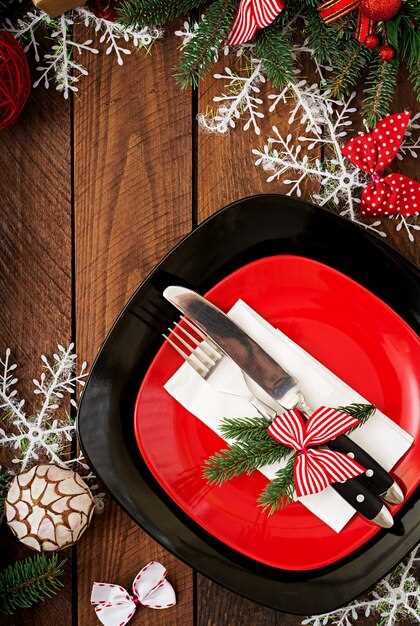
What factors should I consider when selecting a chef’s knife as a gift?
When selecting a chef’s knife as a gift, it’s important to consider the blade material, handle comfort, weight, and balance. High-carbon stainless steel is a popular choice for its durability and sharpness. The handle should feel comfortable in the hand, and the knife should have a balanced weight for ease of use. Personal preferences and the cooking style of the recipient should also guide your choice.
How do I determine the right size for a chef’s knife as a gift?
Chef’s knives typically range from 6 to 12 inches in length. An 8-inch knife is the most versatile and commonly preferred size for most cooks. If the person you’re gifting frequently prepares large quantities of food or works with large ingredients, a 10-inch knife might be more suitable. Conversely, a 6-inch knife can be ideal for someone with smaller hands or for light kitchen tasks.
Are there specific brands of chef’s knives that are highly recommended for gifting?
Several brands are well-regarded for their quality and performance when it comes to chef’s knives. Brands like Wüsthof, Shun, and Global offer reliable options that are favored by both home cooks and professional chefs. It’s beneficial to look for reviews and check warranty and customer service policies before making a decision.
Should I consider a knife set instead of a single chef’s knife for a holiday gift?
A quality chef’s knife can indeed be a great standalone gift, as it is the most versatile tool in the kitchen. However, if your recipient is building their kitchen from scratch or you want to provide more variety, a knife set could be a more comprehensive gift. A set usually includes other types of knives such as a paring knife, bread knife, and utility knife, which can complement the chef’s knife for various kitchen tasks.

